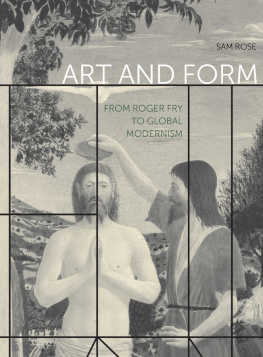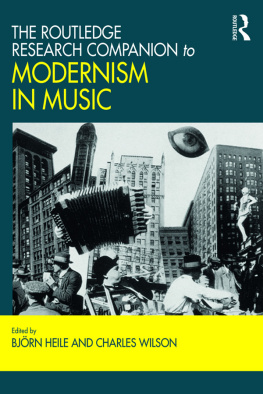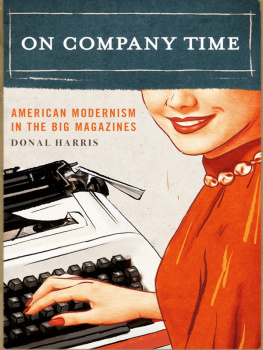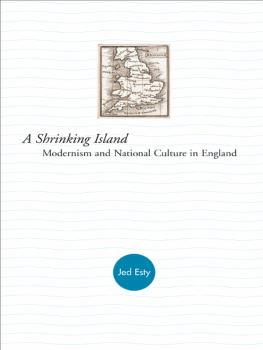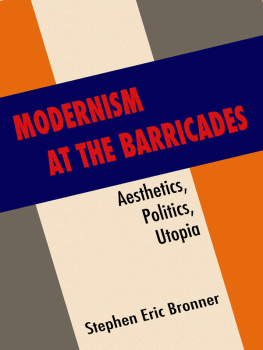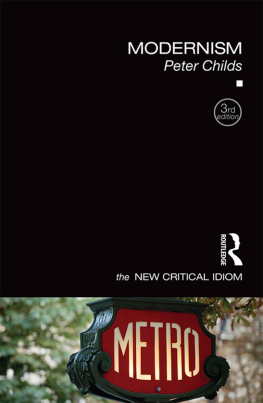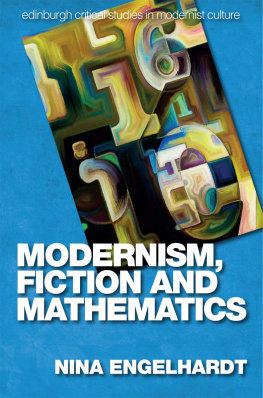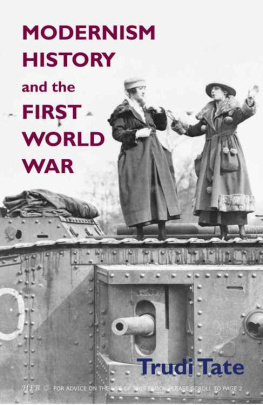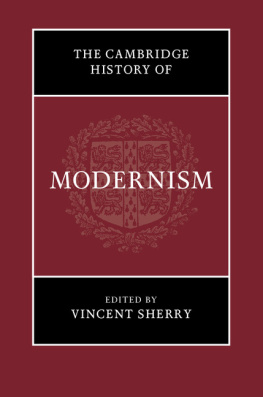ART AND FORM
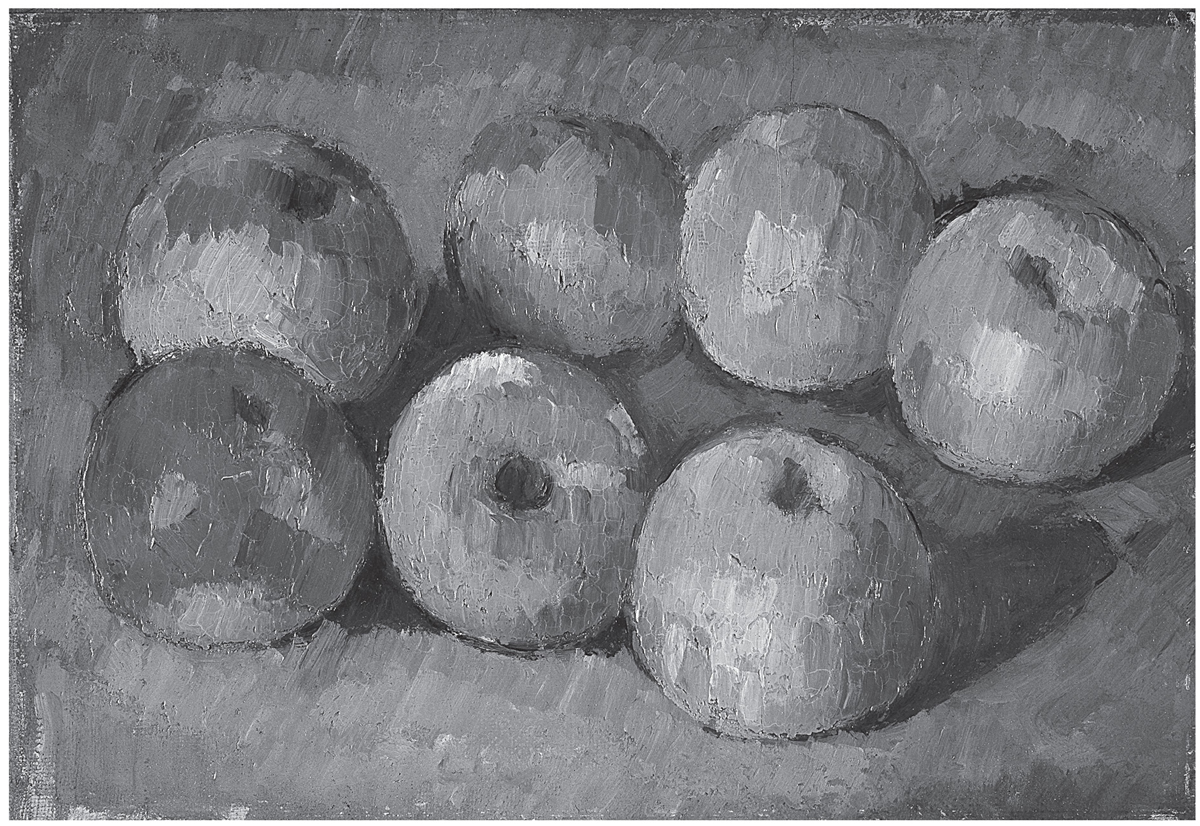
Sam Rose
ART AND FORM
FROM ROGER FRY
TO GLOBAL MODERNISM
The Pennsylvania State University Press | University Park, Pennsylvania
Library of Congress Cataloging-in-Publication Data
Names: Rose, Sam (Art historian), author.
Title: Art and form : from Roger Fry to global modernism / Sam Rose.
Other titles: Refiguring modernism.
Description: University Park, Pennsylvania : The Pennsylvania State University Press, [2019] | Series: Refiguring modernism | Includes bibliographical references and index.
Summary: Explores the rise of formalism in the visual arts. Employs an expanded sense of form to rethink a range of areas, including the history of writing about art, constructions of high and low culture, and the idea of global modernismProvided by publisher.
Identifiers: LCCN 2018053189 | ISBN 9780271082387 (cloth : alk. paper)
Subjects: LCSH: Formalism (Art) | ArtPhilosophy. | Art criticism.
Classification: LCC N66.R67 2019 | DDC 701/.8dc23
LC record available at https://lccn.loc.gov/2018053189
Copyright 2019 The Pennsylvania State University
All rights reserved
Printed in the United States of America
Published by The Pennsylvania State University Press,
University Park, PA 16802-1003
The Pennsylvania State University Press is a member of the Association of University Presses.
It is the policy of The Pennsylvania State University Press to use acid-free paper. Publications on uncoated stock satisfy the minimum requirements of American National Standard for Information SciencesPermanence of Paper for Printed Library Material, ANSI Z 39.481992.
IN MEMORY OF
MARY ENSOR
AND MARK KOLLER
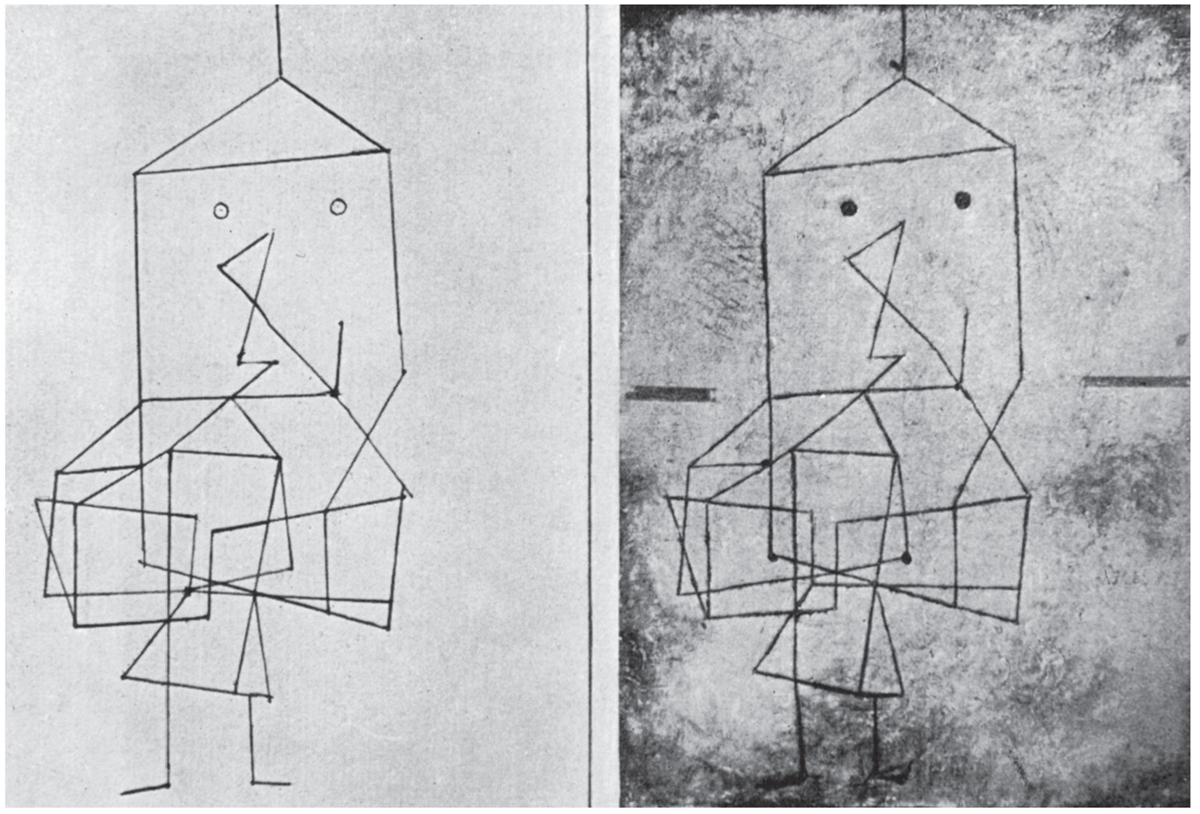
Contents
I feel a particular debt to the many people who read parts of what came to be this bookeven long before it looked like it might come together as a bookand whose comments and challenges have helped make it what it is: David Peters Corbett; Whitney Davis; Lily Foster; Martin Golding; Jack Hartnell; Alexander Hutton; Nicky Kozicharow; Polly Mitchell; Bence Nanay; C. Oliver ODonnell; Stephanie ORourke; Gavin Parkinson; Barbara Pezzini; Alistair Rider; Claire White; various anonymous reviewers; the Penn State Refiguring Modernism editors Ellie Goodman and Jonathan Eburne; and copyeditor Annika Fisher. Many others have offered help and advice, answered questions, or contributed in other important ways: Natalie Adamson; Allan Antliff and Kim Croswell; Kate Aspinall; Lynn Ayton; Wendy Baron; Samuel Bibby; Paul Binski; Richard Braude; David Carrier; Sharon and Richard Collier; James Day; Andrew Demetrius; Charlotte DeMille; Samuel Elmer; Katie Faulkner; Bill Feaver; James Fox; Jenni French; Luke Gartlan; Linda Goddard; Martin Golding; Christopher Green; Emily Hannam; Shona Kallestrup; Elsje van Kessel; Sonal Khullar; Perrin Lathrop; Anneke Lennsen; Jules Lubbock; Julian Luxford; Peter Mandler; Alex Marr; Owen Martin; Derek Matravers; John, Victoria, and Lizzie Mitchell; Laura Moretti; Sylvester Okwunodo Ogbechie; Richard Read; Christopher Reed; Margaret A. Rose; Kate Rudy; Vid Simoniti; Catherine Spencer; Andrew Stephenson; Telfer Stokes; Ilse Sturkenboom; Lisa Tickner; Bernard Vere; Fernanda Villarroel; Dawn Waddell; Karolina Watras; Paul Wood; Annie Woudhuysen; my research assistants Frankie Dytor, Meredith Loper, and Kriszta Rosu; and the students in the courses on art theory and on global, canonical, and British modernisms that Ive taught at Cambridge and St Andrews. I would also like to acknowledge here the scholars I havent met whose work on Fry, form, modernisms, questions of the global, and many other things has been fundamental to the conception and development of this book.
Research for the book would not have been possible without the assistance of staff at numerous libraries and archives: the British Library; the Courtauld Institute Library; the University College London Library; the Royal Collection Trust; the Gerard Sekoto Foundation; the Kings College Cambridge Archive Centre; the National Art Library, London; the Archive of Art & Design, London; the National Archives, London; the BBC Written Archive Centre, Reading (in particular Jessica Hogg); the John Rylands Library, Manchester; the University of Victoria Library and Archive, Canada; the Royal Academy Library and Archive, London; the Tate Library and Archive, London; the Cambridge University Library; the Bodleian Library, Oxford; the National Library of Scotland; and the University of St Andrews Library. Finally, Id like to acknowledge the various institutions and funding bodies that have supported my work on this book: the Arts and Humanities Research Council; the Courtauld Institute of Art; the Master and Fellows of Peterhouse, Cambridge; and the School of Art History at the University of St Andrews.
Consider three scenes.
Searching through a bog in the late 1700s, as he apparently sometimes does, the philosopher Immanuel Viewed as a humanly made thing, its visible features become imbued with meaning. Carved, scraped, handled to look the way it does, it is seen to have existed for its original maker in those terms.
Turning a corner on a country path in the early 1900s, the art historian Heinrich Pictures of the world, it turns out, are profoundly shaped by their makers. And it might be that the shaping, rather than the Tivoli landscape itself, is where meaning really lies.
Finally, entering a room in a New York gallery in the 1960s, the art critic Michael Fried is faced down by a six-foot steel cube (Fried decides that the work simply cannot be called art proper. Whereas art offers a world of meaning of its own, this coy lump seems more like a natural object, a stone or rock, than a humanly made thing. Leaving aside the personal thoughts and feelings of the viewer or explanations from theology or natural science, there is no content here to interpret. It is as if the life drains out of the piece of wood in Kants hand, as, showing it to an acquaintance, he is told it had just happened to break off from a nearby tree.

Mortar, 16161418 BCE . Handroanthus chrysanthus wood, 31.5 18.9 15.4 cm. National Museum and Art Gallery of Trinidad and Tobago, Port of Spain, Trinidad. Acc. no. 80/A/549. Photo: Joanna Ostapkowicz / Courtesy of the National Museum and Art Gallery of Trinidad and Tobago.

Smith, Die, 1962, fabricated 1968. Steel with oiled finish, 182.9 182.9 182.9 cm. National Gallery of Art, Washington, DC. Gift of the Collectors Committee, 2003.77.1. Photo ARS, New York and DACS, London 2018 / Estate of Tony Smith.
These examples from modern philosophy of art, art history, and art criticism suggest something fundamental about the world of things that are inference (by beholders) become key ideas here. Made things appear to pulse with the life that created them, suffused with a purposiveness that allows viewers to know the activity that made them what they are.
To see this in practice, we can look not just to stories or to major summaries of aesthetic theories but also to its enactment in writing on ):

